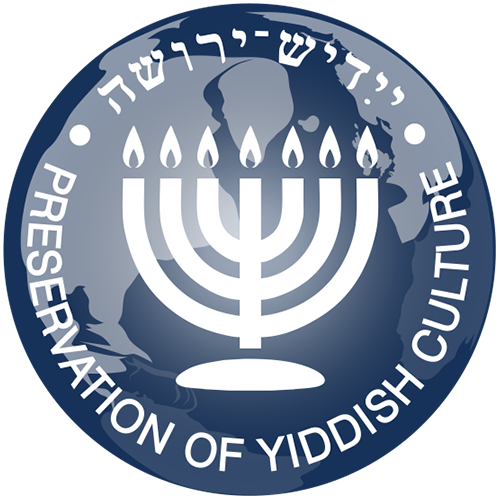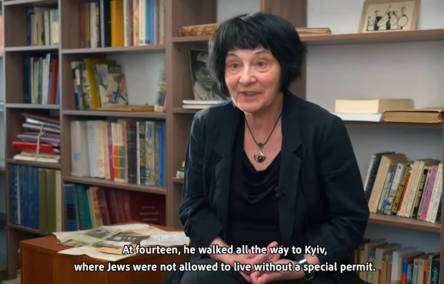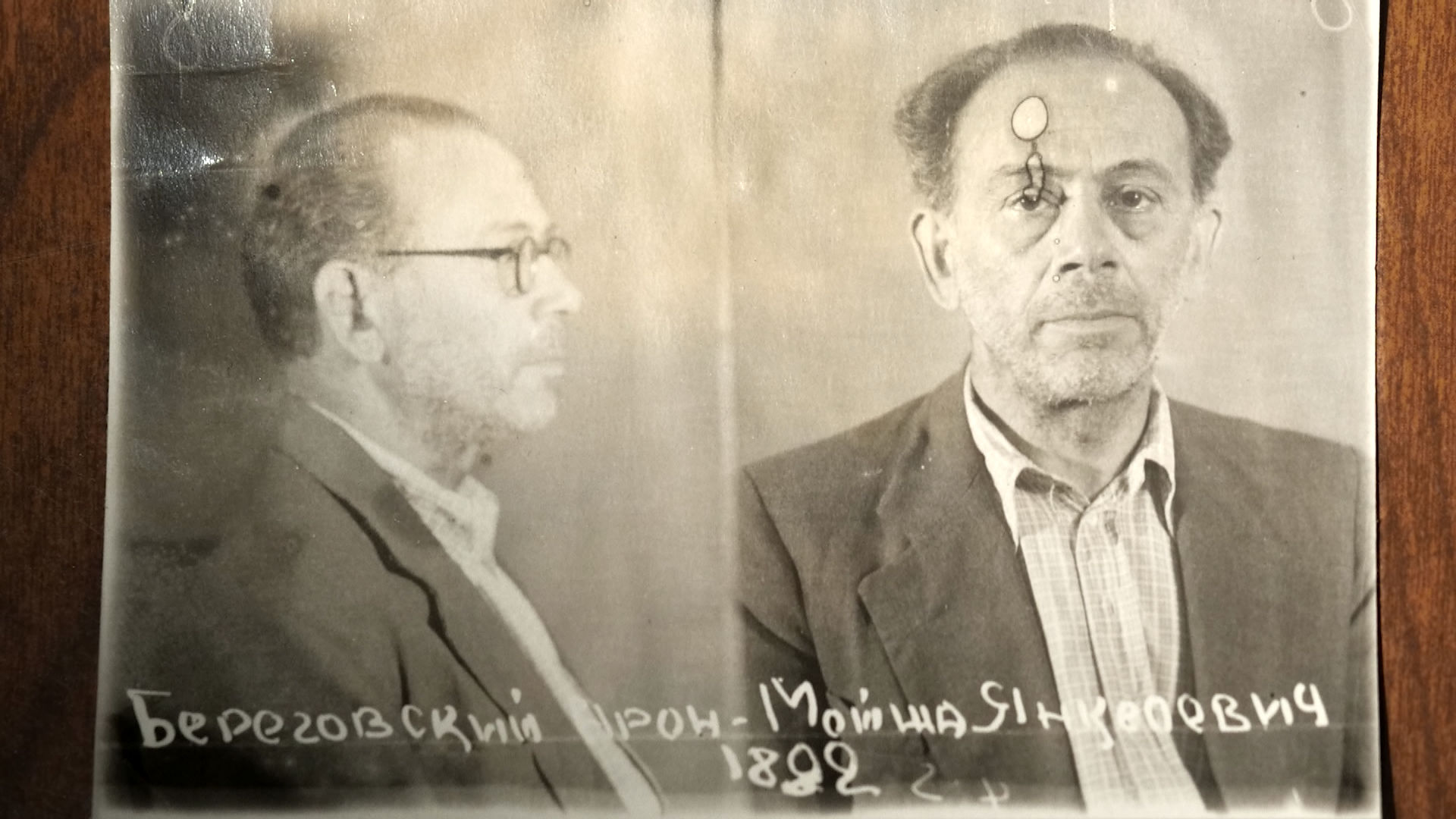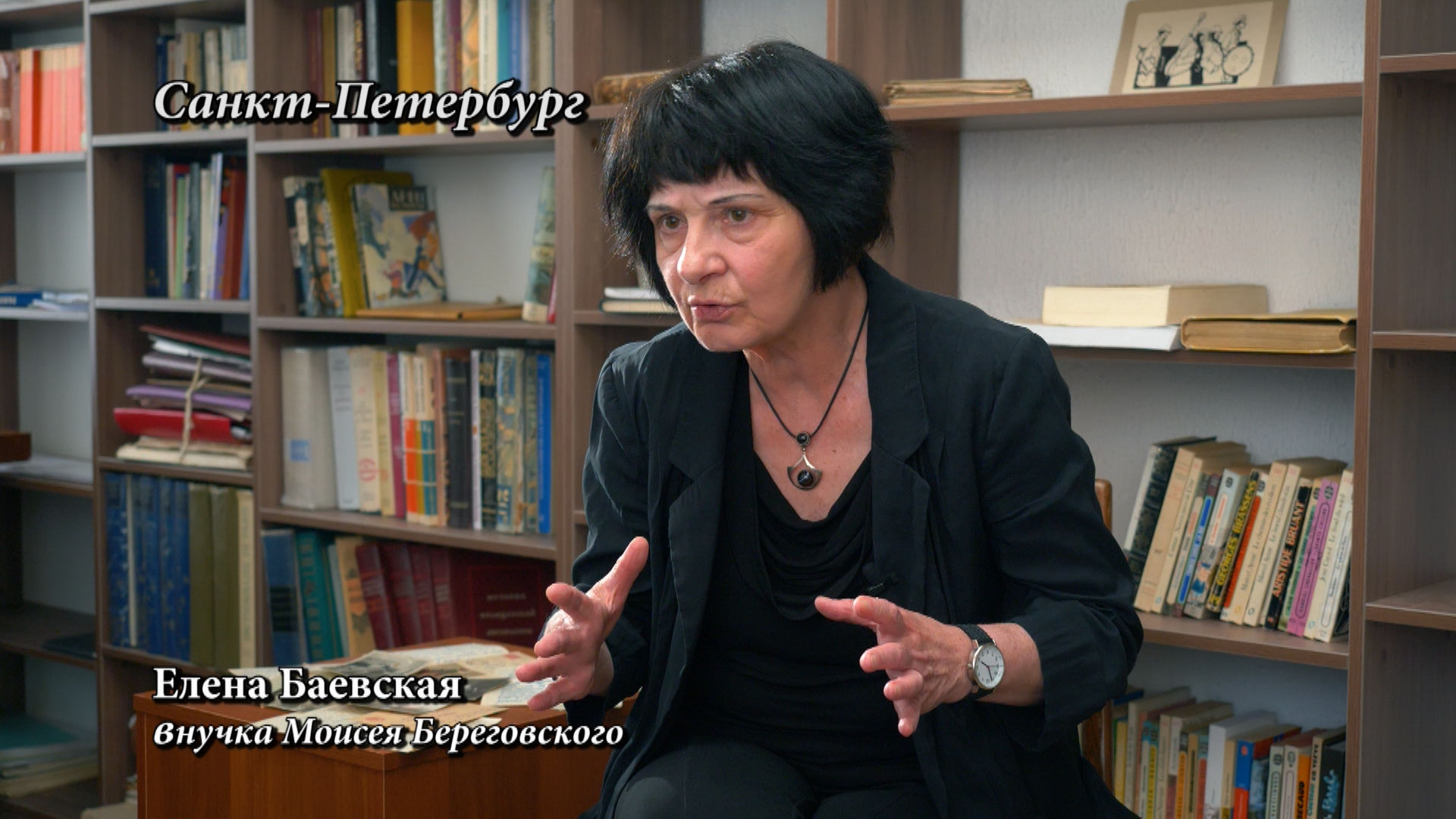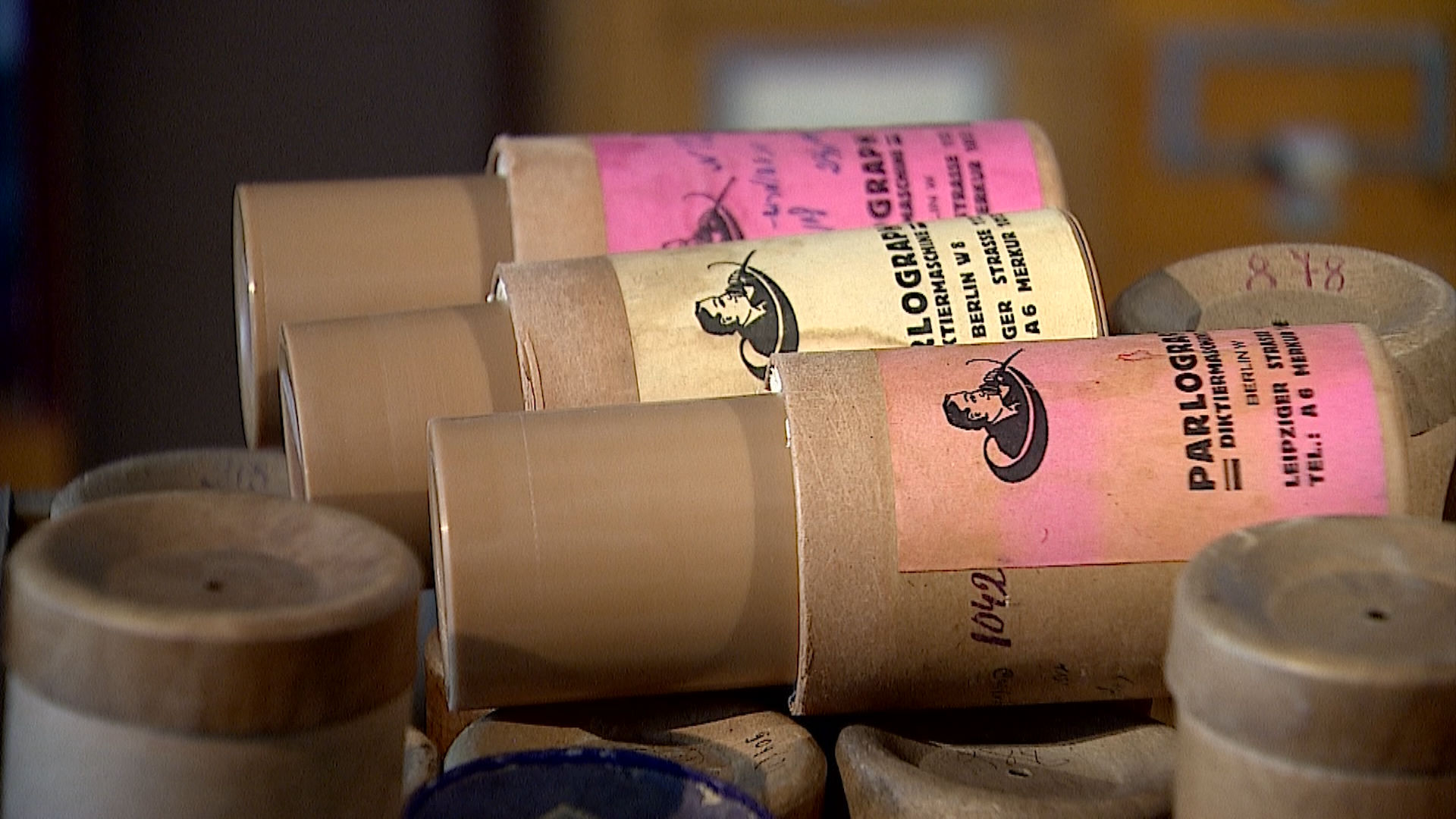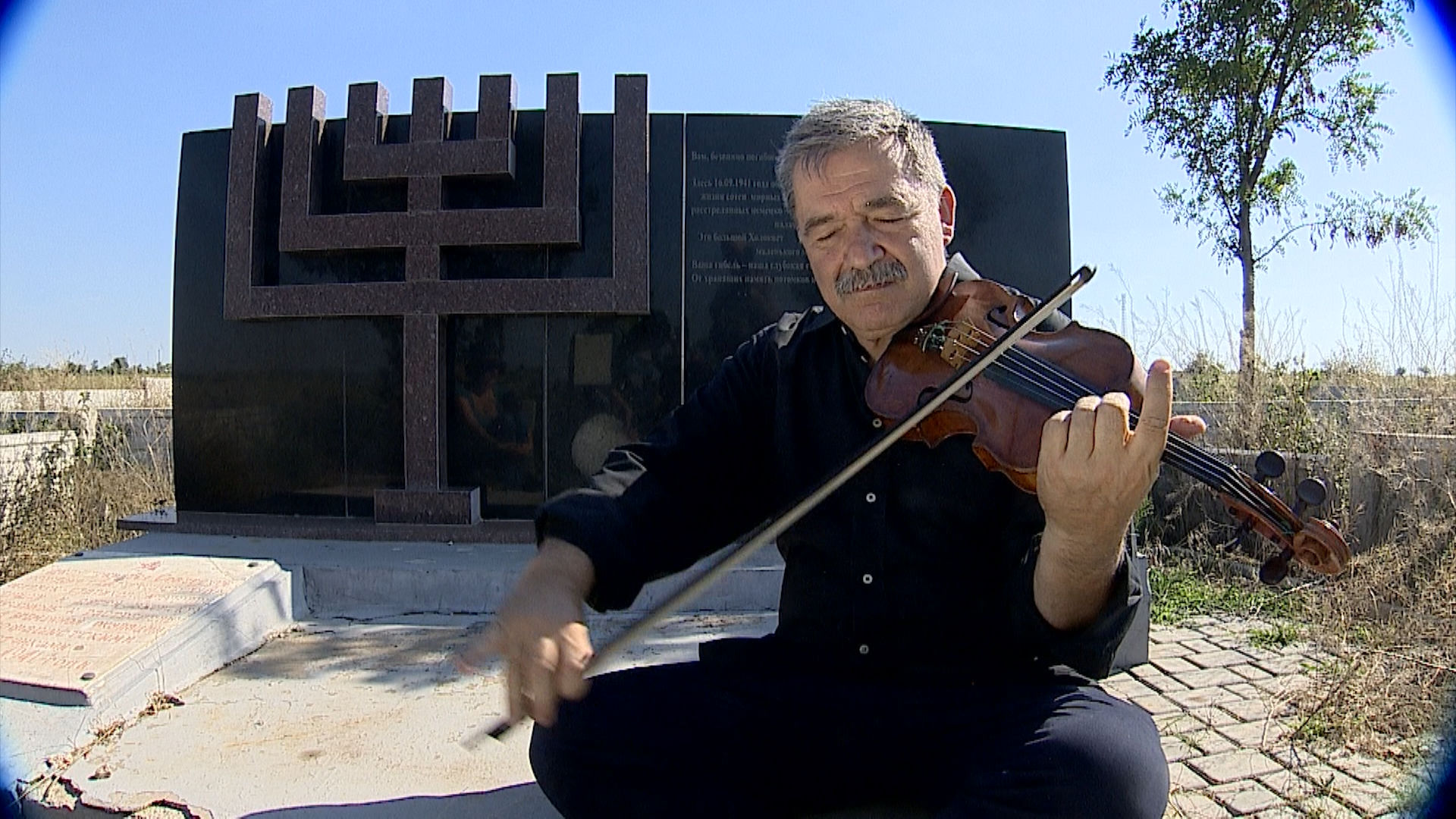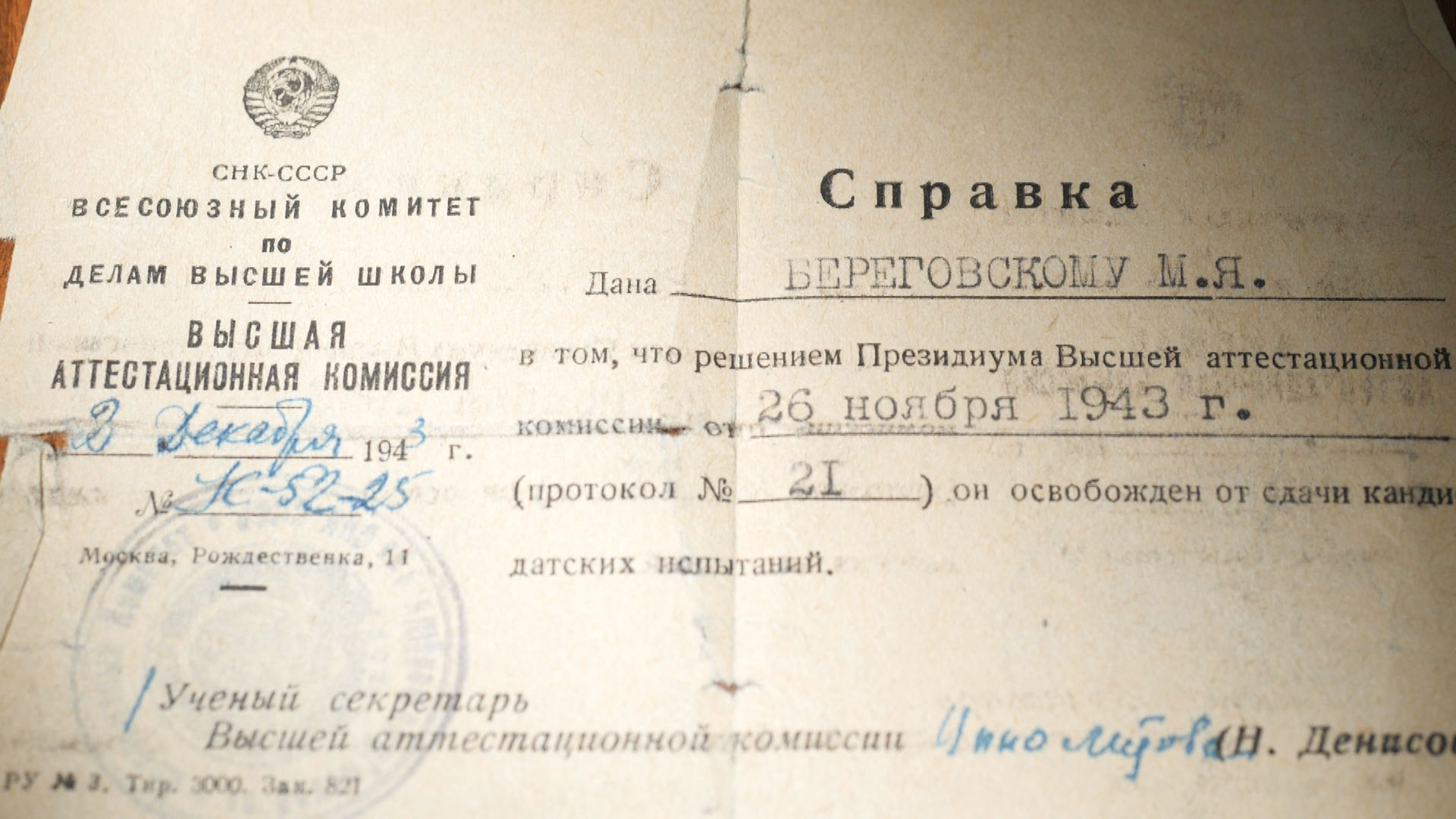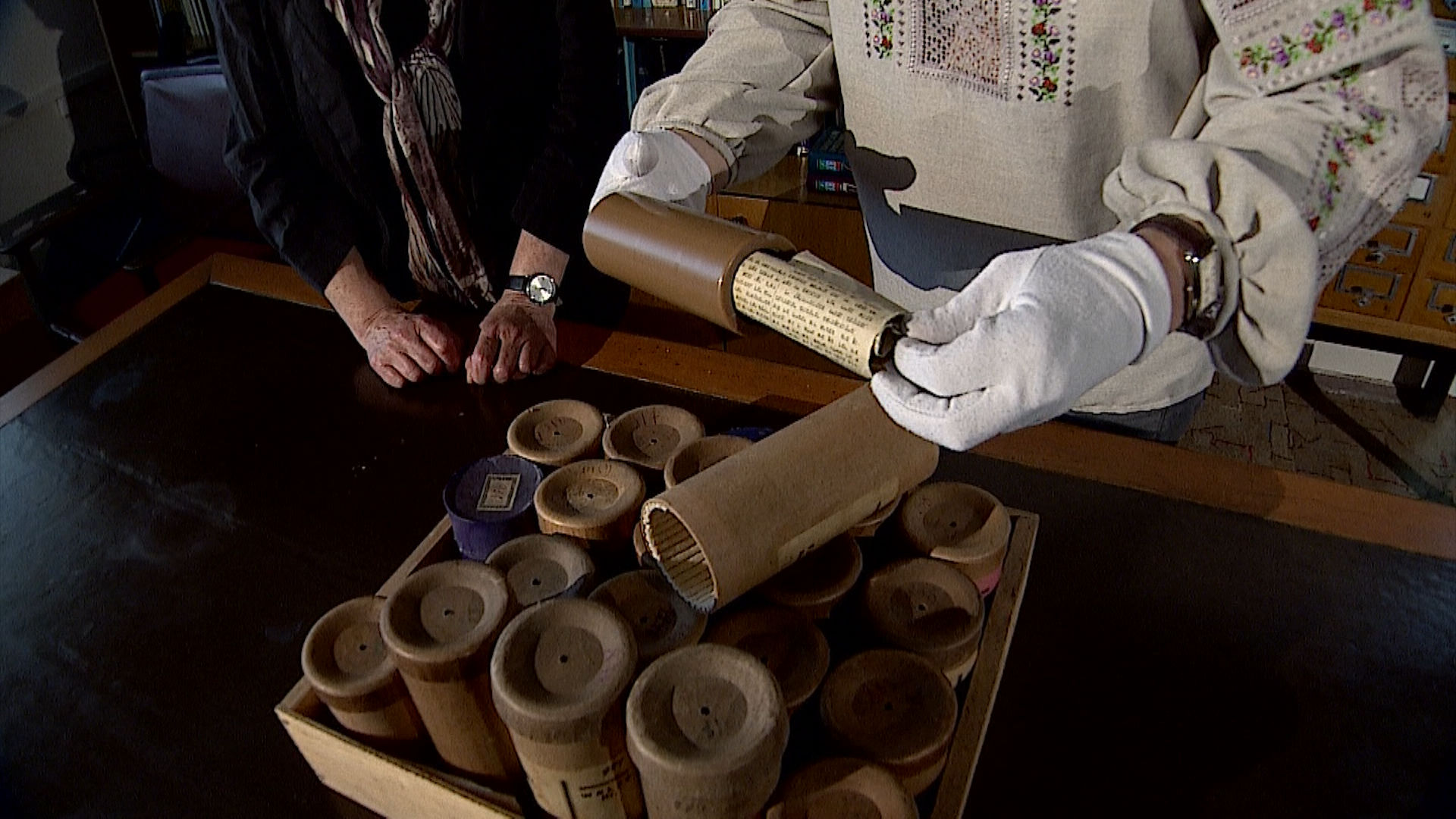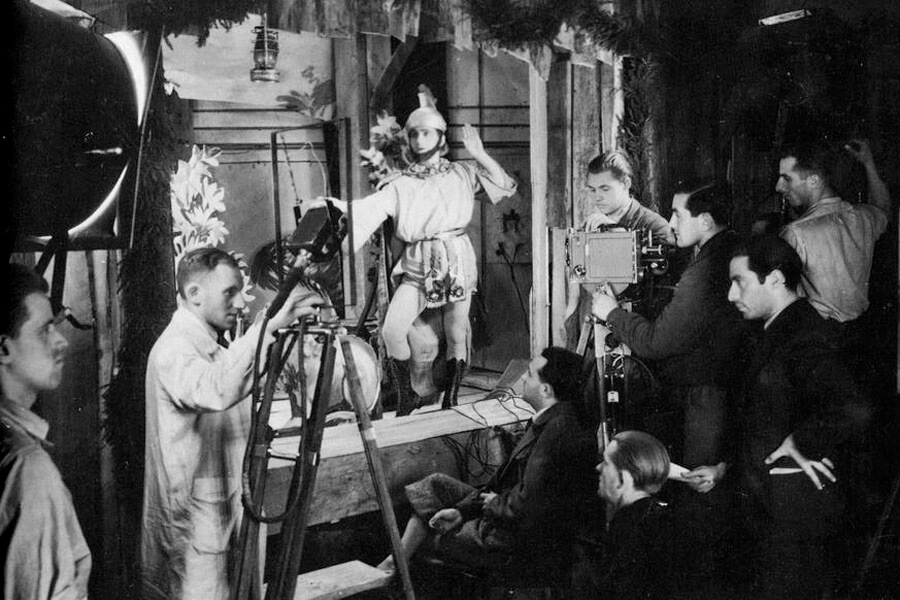The rapid development of silent cinema with captions in Yiddish ensued. The director Sidney Goldin (Samuel Goldstein, 1878-1937) was the most noticeable figure of it. In the silent film Yizkor (The Memorial Prayer) shot by him in 1924, the main role had been played by Maurice Schwartz (1890-1960), who later became a star of Yiddish sound cinema. After the World War I, the main centres of silent cinema with captions in Yiddish were Poland, the USA, and Austria. Two silent film adaptations of the works by Sholem Aleichem appeared in the USSR in the 1920s. In 1925, Alexis Granowsky (1890-1937) created the film Jewish Happiness, in which Solomon Mikhoels played the main role. In 1928, Grigori Gritscher Tscherikower (1883-1945) shot the film Laughter Through Tears based on the novel Mottel the Cantor’s Son.
The short film Ad Mosai (Until When?) created by Sidney Goldin in the USA became the first sound film in Yiddish. This entailed the bloom of sound cinema in Yiddish, mostly in the United States and Poland. During a decade, about 100 feature-length sound films in Yiddish were released. Among the most popular were Yidl mitn fidl (Yiddle with His Fiddle, 1936) and A brivele der mamen (A Letter from Mama, 1938) directed by Joseph Green (Yoysef Grienberg, 1900-1996); Griene felder (Green Fields, based on the play by Peretz Hirshbein, 1937), Yankl der schmid (The Singing Blacksmith, 1938), Di kliatshe (The Nag, based on the story by Mendele Mocher Sforim, 1939), and Americaner schadchen (American Matchmaker, 1940) shot by Edgar G. Ulmer (1904-1972); Der dibuk (The Dybbuk, based on the play by S. Ansky, 1937) screened by Michał Waszyński (1904-1965); Tevye der Milkhiker (Tevye the Dairyman, based on Sholem Aleichem’s story, 1939) directed by Maurice Schwartz.
Soon after the outbreak of the World War II and the Nazi occupation of Poland and other European countries, Yiddish cinema fell into decay. The two last feature-length films in Yiddish designed for wide rental were released in the United States in 1950. In 1957, a short film dedicated to the history of the Warsaw Jewish Theatre was created in Poland. During the late 1940s – the 1950s, several propaganda documentaries in Yiddish were made in Poland and Israel.
Despite the fact that cinema in Yiddish as a phenomenon of mass culture ceased to exist, the language itself did not disappear from screen completely. In a number of feature films shot in the next decades mainly in other languages there are dialogues in Yiddish. Among them are Hester Street (the USA, 1975), Bruxelles-Transit (Belgium, 1982), A Serious Man (the USA, 2009), An American Pickle (the USA, 2020) and the mini-series Unorthodox (the USA and Germany, 2020).
Moreover, from time to time new feature films appeared in which Yiddish was the main language. In 1976, the Israel Broadcasting Authority made the musical teleplay The Megillah (The Scroll of Esther) after the poems by Itzik Manger. Staged by Shmuel Bunim, the film was mainly in Yiddish. In 1983, the director Alfred Steinhardt (1923-2012) shot in Israel, entirely in Yiddish, the feature-length film Az men git nemt men (When They Give, Take It). In 1990, also in Israel, the feature-length film Ahavata Ha’ahronah Shel Laura Adler (The Last Love Affair of Laura Adler) by the director Abraham Hefner (1935-2014) was presented, in which Yiddish sounds more often than Hebrew.
With the beginning of the 21st century, paradoxically as it would seem, such films began to appear more and more often. In 2005, in the USA, the amateur director Yakov Kirsh created the short film A Gesheft (The Deal), the language of which was Yiddish. In 2008, the short film Beit Avi (My Father’s House) by Dani Rosenberg (born in 1979) was released in Israel. Despite the Hebrew title, the film is entirely in Yiddish. In 2010, in the USA, Eve Annenberg shot the feature-length film Romeo and Juliet in Yiddish. In 2014, in Quebec, the director Maxime Giroux (born in 1976) created, mainly in Yiddish, the feature-length film Felix et Meira. In 2015, the short film What Language Does the Sea Speak by Eran Torbiner, based on the diaries of the poet Yehoash (Solomon Blumgarten, 1872-1927), was presented in Tel Aviv. A year later, the same director shot another short film in Yiddish – The Colonist, after the travel diary of the humorist Yosef Tunkel (1881-1949). In 2017, in the USA, the feature-length film Menashe, entirely in Yiddish, was created by Joshua Z. Weinstein (born in 1983). The new names will certainly supplement this list, because the history of Yiddish cinema continues.
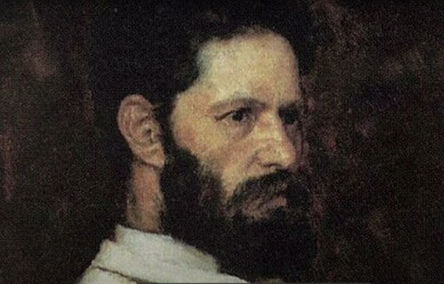
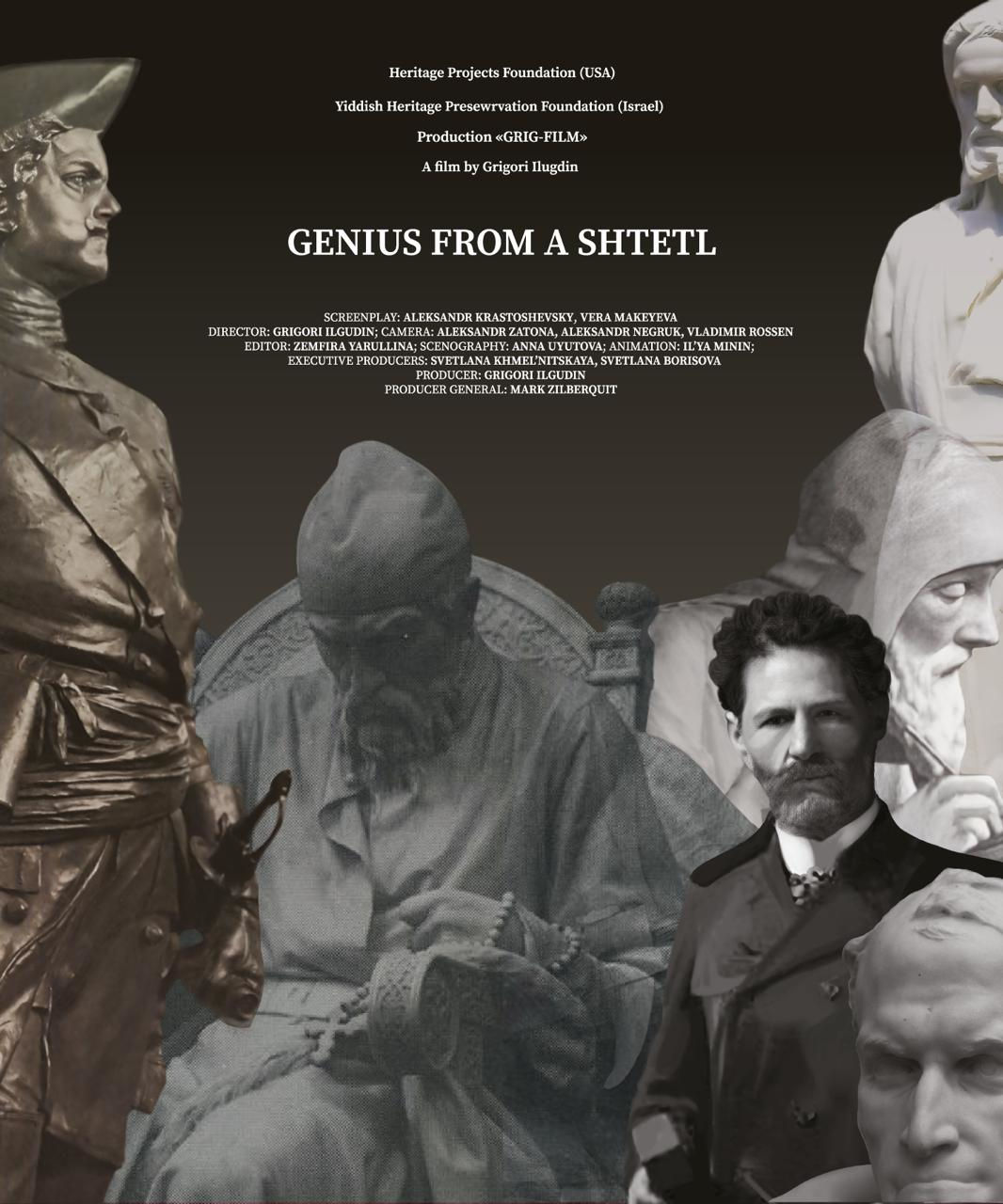 Grigori Ilugdin’s Russian-Yiddish film Genius from a Shtetl, a documentary about the famous sculptor Mark Antokolsky, is now publicly available online with English subtitles. It contains several 3D-animated scenes in Antokolsky’s native Lithuanian dialect of Yiddish. The director expresses his deep gratitude to the Heritage Projects Foundation (USA) and Yiddish Heritage Preservation Foundation (Israel) who supported the documentary.
Grigori Ilugdin’s Russian-Yiddish film Genius from a Shtetl, a documentary about the famous sculptor Mark Antokolsky, is now publicly available online with English subtitles. It contains several 3D-animated scenes in Antokolsky’s native Lithuanian dialect of Yiddish. The director expresses his deep gratitude to the Heritage Projects Foundation (USA) and Yiddish Heritage Preservation Foundation (Israel) who supported the documentary.